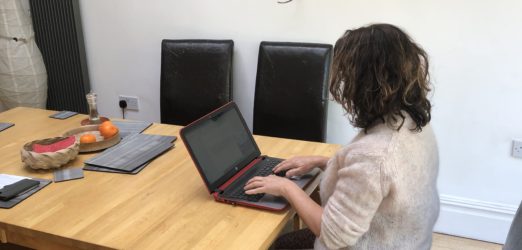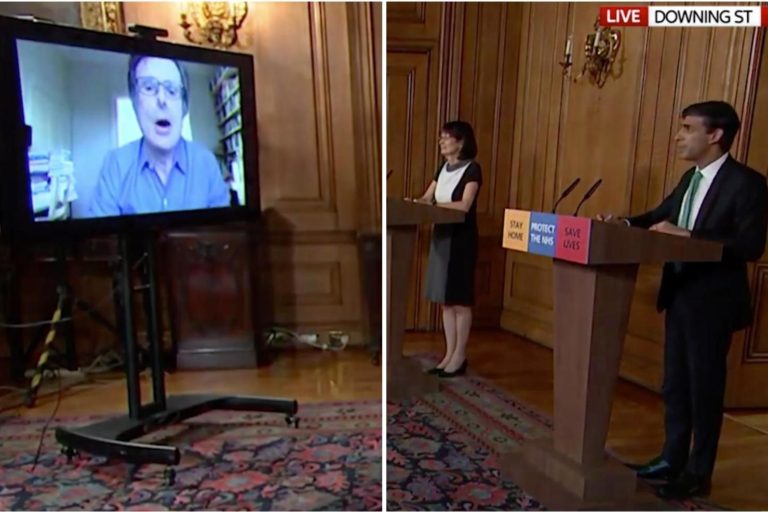A month officially into lockdown and Skype and Facetime interviews have become the norm on our television screens. Broadcasters no longer invite guests into their studios, on the contrary many journalists including presenters are going on-air via the internet too. Intriguingly we get a glimpse of their homes in the background and who doesn’t crane their necks to see whether the image they present on screen tallies up with the ones we see on screen.
Fine to be writing a blog in your comfies, but a lot of my week is now spent video conferencing clients and colleagues and I think there’s an argument for scrubbing up a bit. Fashion historian Amber Butchart was quoted in The Guardian last weekend saying: “In a time of crisis, maintaining normality where possible is important….it helps maintain our sense of order.”
Not only that, but as the old adage goes, clothes maketh the man. People DO judge you by how you look and this is never truer than on television. So, PR spokespeople, pay attention! As we always say in our media training sessions, research suggests that about 70% of the impact a person makes on the screen is not WHAT they say, but HOW they say it and LOOK.
The same rules on presentation that we teach in television media training apply for Skype:
- Avoid busy patterns, that can distract and even strobe on camera
- Jewellery – keep it simple. Earrings or necklace, no more.
- Make-up – if you don’t normally wear any at least use some powder so your face doesn’t shine. If you don use it, add a little extra. Men, that applies for you too.
- Avoid all black – it makes you look a bit 2-dimesional, a head on top of a black wall.
- Pastel shirts/tops are nearly always flattering on screen
There are some extra ones too:
- Think about your background. It needs to be more than a white wall, but still in keeping with a corporate image.
- Make sure anything behind you is non-controversial
- If you can, shut the door to keep kids, pets and anyone else out! An interview won’t last longer than 10 mins, less if it’s live.
Emulating the presenters who will be interviewing you as part of a television PR campaign is a good rule of thumb, even in the old world. So men, to wear a tie, or not to wear a tie…..have a look at the programme the day before you go on-air (which we’d recommend doing for content purposes too) and make your decision from that. Sometimes we just need to be steered by expectation of what is appropriate. New or old world, a spokesperson representing a FTSE 100 company is likely to be more suited and booted than a charity one. But don’t stress, it’s also what we’re used to. ITV Political Editor Robert Peston, for example, is by his own admission “a bit of a mess on camera” and has no qualms about the world seeing his ‘ normal’ bare light bulbs and piles of books. This is no time for re-inventing the wheel! You need to be true to yourself delivering fantastic messaging within your comfort zone.





